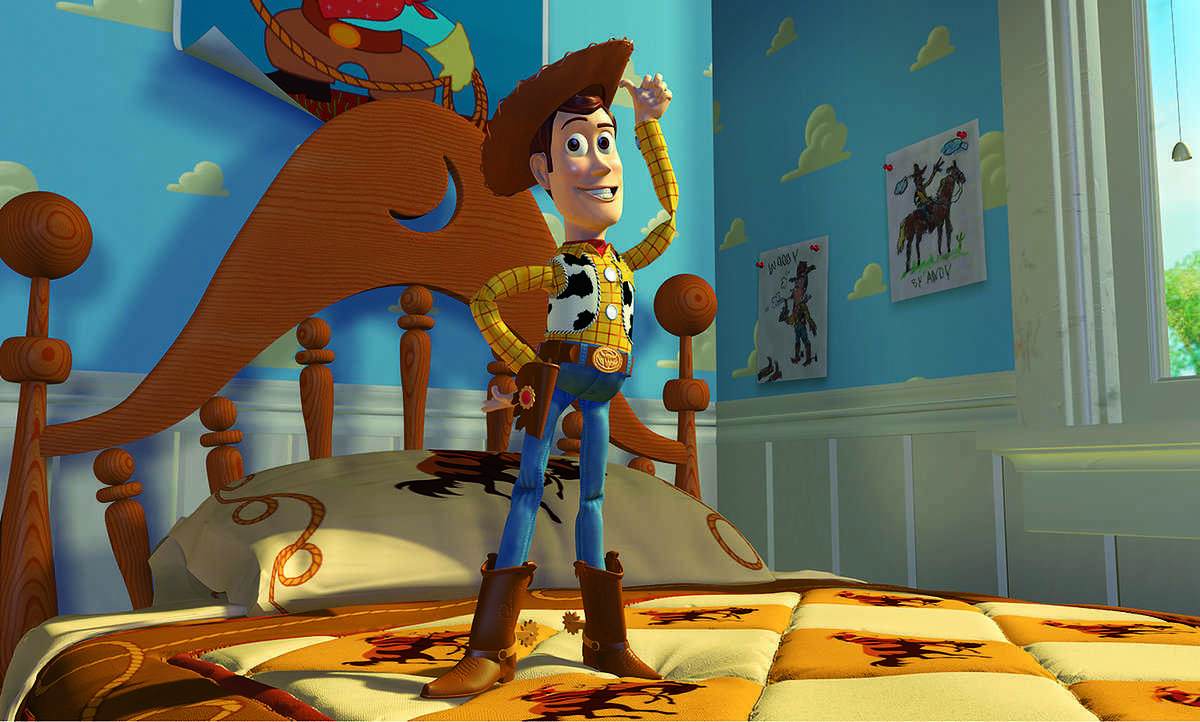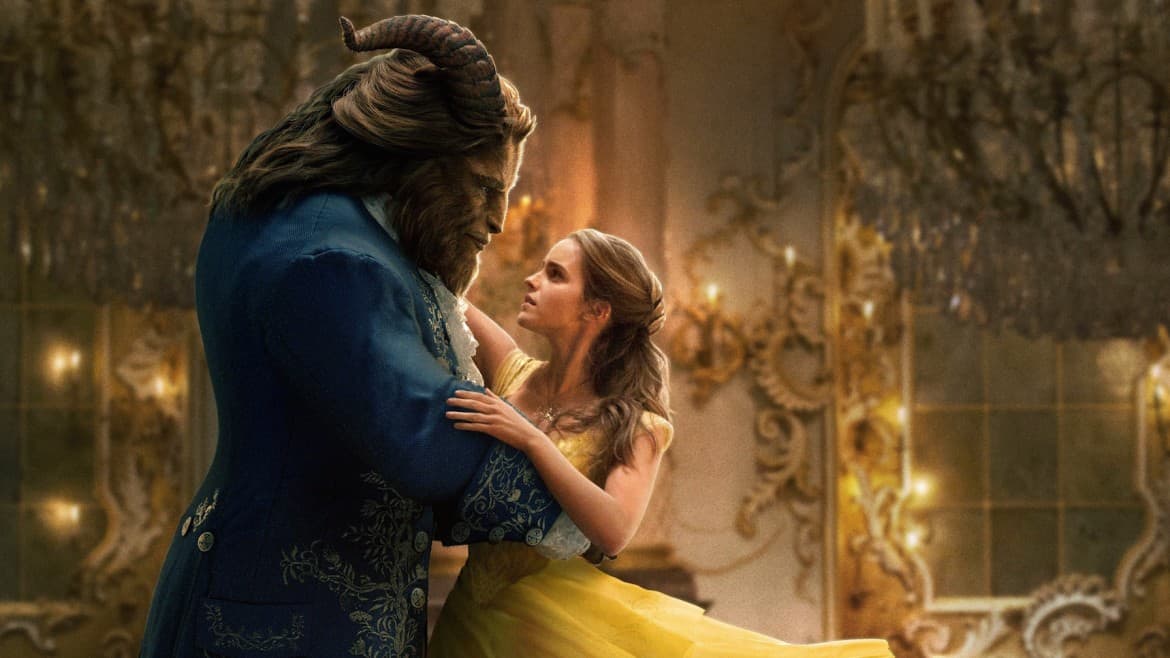
It’s no secret that making a movie or television show takes A LOT of work. If you’ve ever sat through the credits for a film or television show, then you know that hundreds of names scroll across the screen. However, it’s not just the people that make the film happen, but also the incredible technology that exists today. That technology brings viewers into the Quantum Realm, turns a man into a beast, and transforms a young woman into a mermaid. For years, Disney has been at the forefront of that technology, starting all the way back in 1995, with the release of Toy Story — the world’s first computer-animated movie.
As technology has progressed, Disney has continued to use the best technology it can find, and a lot of that technology is used in its films from LucasFilm and Marvel. However, their use of certain technology has been at the center of a years-long lawsuit. More than five years ago, Disney was sued by the software company, Rearden LLC, which owns VFX technology called MOVA Contour. The software was then licensed by DD3, a company founded by a Rearden employee. That now-former employee went to work with Disney, and Rearden claims, took that contour technology with him.
A judge has already ruled that Rearden LLC owns the software, but cannot collect any money Disney made off Avengers: Age of Ultron. However, Rearden is still looking for a cut from Beauty and the Beast (2017), Avengers: Infinity War (2018), and Avengers: Endgame (2019). Unfortunately, that quest just got a little more difficult. On February 21, Ninth Circuit Federal Judge Jon Tigar dismissed Rearden’s lawsuit, saying that the company did not submit enough evidence to back up its claims that Disney stole its contour technology.
Here’s more on the dismissal, courtesy of Courthouse News Service:
He [Judge Tigar] said although he previously found it implausible “that the MOVA Contour output is created by the program without any substantial contribution from the actors or directors.” Rearden relied on Disney’s contention in other litigation that the directors’ contribution is “substantial” and they are “the authors of the results of the facial motion capture.” He said Rearden did not use enough basic information about spreadsheet titles and data fields to prove facts about underlying files, or to claim that the files are copies, or reflect the copying, of MOVA software.
“For this reason, the court holds that the complaint fails to allege that the output files amount to protectable expression,” Tigar wrote.
“While the facts concerning the spreadsheets are well pleaded and thus entitled to a presumption of truth, those facts are insufficient to support a reasonable inference that MOVA was operated ‘for facial captures or for processing captures into output works.’ Stripped of its conclusory allegations, the complaint fails to allege that DD3 performed facial capture shoots using the MOVA system. The complaint thus fails to plead direct infringement and, by extension, secondary infringement.”
Now, it is important to note that the case was dismissed without prejudice. That means that Rearden will be within its rights to spend time gathering more evidence to prove patent infringement. If they have gathered that evidence, they are more than welcome to refile the lawsuit in the future.







